To say that dragons have vanished from this world is a falsehood. They have simply learned how to blend in.— A scholar
Dragons are the least populous of the four
sapient species of
Etrea, although their reclusive natures and their tendency to integrate into surrounding societies gives the impression they are much rarer than they actually are. Much like the closely-related
shapeshifters, dragons can take on two forms through their ability to
transform. In one form, they are almost indistinguishable from
humans; this is often referred to by scholars as their natal form, as it is the way they are born. Their other form is reptilian in appearance, with hard scales and flight-capable wings. Despite the relative rarity of the species, dragon communities can be found on most continents across Etrea.
Characteristics
Anatomy
Natal Form
In their natal form, dragons are obstensibly identical to
humans. Like humans, they are
bipedal primates who are notable for their upright posture, with their bodies consisting of a head, a neck, a torso, two arms, and two legs. Like most primates, their hands have opposable thumbs, allowing them to grip objects and make use of tools.
Like other sapient species, dragons have large complex brains with a well-developed pre-frontal cortex. This allows for greater cognitive function, such as the ability for introspection, imagination, and self-awareness. At the base of their skulls, under their brains, they have two organs known as
altus, which allow for the conversion and use of energy and
magic. This is one area where dragons differ from other sapient species, as humans,
shapeshifters, and
merfolk all have a singular altus.
Dragons have two distinct sexes, male and female. On average, males are taller and heavier than females, with broader shoulders and narrower hips. They are able to grow hair on their face as well on their heads, and tend to have thicker body hair, particularly on their chest. Male reproductive organs are external to the body, consisting of a penis and a pair of testicles. Female reproductive organs are mostly internal, comprising of a uterus and two ovaries. Adult females also have prominent breasts, although both sexes have nipples.
Alternate Names
Lizardfolk, Changers
Lifespan
An average of 90 years. Though some have professed to have lived for several centuries, none of these claims have ever been proven.
Average Height
6'
Average Weight
170lb
Average Length (Shifted)
8' to 10'
Shifted Form
In their
shifted form, dragons are hard-scaled
quadropeds, with horns, wings, and a long tail. They grow to between eight and ten feet in length, including the tail, and some can stand at up to three feet tall at the shoulders. Though they share superficial similarities to the diminuative
dragonets, the two species are not related.
A dragon's wings are large enough to allow flight, though most struggle to do so for more than short bursts. These wings are made of thin, blood vessel-rich membranes stretched across three long fingers of bone. Fully extended, an average wingspan is about nine feet.
Although they appear reptilian in nature, dragons are mammals in both forms. They are
warm-blooded and are able to efficiently regulate their own body temperature; in more extreme climates, this is aided by their innate
magical abilities. Underneath sliding, protective scales on their undersides are vestigial nipples; though these were possibly once functional, they cannot be used to suckle young as the hormones required to produce milk also suppress a dragon's ability to transform.
Dragon scales are made of keratin, much like their hair and nails in their natal form. The coloured scales overlap each other and provide a tough, protective armour. If they lose scales through misadventure or injury, they are able to regrow them. Regrowth time is not an exact science, as the scales only actively grow when the dragon is in their shifted form.
The genitals for both male and female dragons are located on their underbelly. Male dragons have a penis that is contained within a protective sheath, whilst female dragons have a slit concealed beneath some malleable scales.
Biological Variation
Dragons come in a spectrum of skin tones, from a pale pink that looks white in the right light to a deep dark brown. Skin tone varies based on geographic distribution, with paler-skinned individuals hailing from much colder areas than their darker-skinned counterparts.
Humans in the same area tend to be a similar colour, allowing dragons to blend in seamlessly. Some members of the species display
albinism, a
congenital condition leading to white skin regardless of location.
Like humans, the hair of dragons can vary in thickness, texture, and colour. Hair texture can vary from wispy to coarse, and from curly to straight. Colours range from white-blonde to pure black, with a spectrum of blonds, browns and dull reds in between. Baldness, a particular problem in human males, is non-existant in dragons; some, however, choose to shave their head for cultural or aesthetic reasons. With age, the hair of dragons tends to turn white or grey, though unlike in other sapient species it does not thin or diminish.
Dragons share the same eye colours as their human relatives. Brown remains the most common eye colour, winning out over blue, green, or grey. These colours exist on a scale of light to dark. For example, one individual could have eyes that are a soft cloud-like grey, whilst another could eyes the deep grey of a thunderstorm. Rarely, dragons are born with two different coloured eyes - for example, one brown and one blue - or eyes with a differently coloured ring around the pupil. This condition
is known as
heterochromia. Notably, the eyes are the only feature that change very little when a dragon shifts, always remaining the same colour as in their natal form.
Scale colour, like skin colour, seems to be geographically based, with cooler tones (such as white, blue, and green) common towards
Etrea's two poles, and warmer tones (such as black, red, and orange) ubiquitous around the
equator. Whilst most dragons have scales of only one colour, some display intricate patterns like stripes, spots, or swirls. Scholars theorise that certain groups evolved these patterns as a form of camouflage.
There is evidence that some populations of dragons have evolved differently due to external factors, in particular geographical location and climate. Dragons that live at a high altitude tend to have a larger lung capacity than those that live at sea level to make up for the thinner air. Those that live in hot countries tend to be taller and more slender, whilst those in colder climates lean towards shorter and stockier, with more body hair.
Genetic Compatibility
The four sapient species of
Etrea are believed to all have evolved from a single genetic ancestor, known to scholars as the
allkin. This theory has been strengthened over the years by the discovery of bone fragments and artefacts, as well as a single frozen and mummifed corpse referred to by researchers as '
Mother'. Due to this shared ancestor, there is a certain amount of interbreeding that is possible between the four species, though some pairings are much more successful than others.
Together, dragons and
humans are able to produce viable offspring, though there is a relatively high chance of miscarriage or congenital abnormalities. No child born from these unions has ever been able to
shift into a draconic form, which has led to many dragon cultures outlawing these relationships.
Dragons and
shapeshifters have the highest chance of successful interbreeding; the likelihood of early miscarriage or congenital abnormalities for this pairing are on par with those of a one-species relationship. Seventy percent of children born to a shapeshifter mother inherit the ability to
transform into their mother's shifted form. In contrast, a child of a dragon mother only has a five percent chance to inherit her draconic nature, which has led to relationships like these being almost as taboo as those with humans.
Whilst dragons cannot reproduce with
merfolk, some have been known to enjoy mutually pleasurable sexual relationships. Merfolk branched away from the allkin much earlier in Etrea's timeline and, as such, their reproductive organs are generally not compatible with those of dragons. Whilst some merfolk have much more humanlike genitalia than others, all unions between dragons and merfolk are non-productive.
Sensory Capabilities
To be trapped by the gaze of a dragon is an unlucky fate.
Like
humans, dragons have six major senses: vision, touch, taste, hearing, smell, and balance. These senses vary between their natal form and their shifted form, with their shifted form being generally superior.
In their natal form, a dragon's senses are mostly analogous to a human's. The exception to this is vision. Dragons can perceive both movement and light at twice the distance a human can; for example, a dragon can spot candlelight from up to
sixty miles away on a dark, clear night. This is due to extra muscles that allow their pupils to expand and contract with more precision, as well as a reflective membrane at the back of the eye that allows the collection of more light.
Once
transformed to their shifted form, a dragon's sense of both smell and hearing are heightened, becoming up to twice as sensitive. Whilst hunting in this form, they rely much more on these senses than on vision; many animals are quite well-camouflaged in their natural environment. Dragons also have a much more precise sense of balance in their shifted form. This allows them much finer control when flying, when they are not on the ground to orient themselves.
The one sense that is inferior when in their shifted form is touch, which also includes the ability to perceive temperature and pain. Scales are much less sensitive than the skin of their natal form. Whilst this has its advantages when scrabbling over rocky terrain or trekking over hot sands, it can also be dangerous. A dampened sense of pain can lead to a dragon pushing their body beyond its limits, or the difference in feeling hot and cold can lead to less experienced dragons transforming back into their natal forms at potentially deadly temperatures.
Magical Abilities
All dragons have the ability to
shift between their natal form and their draconic form. While this is considered to be a type of
magic by other sapient species - especially
humans - dragons generally do not categorise it as such. To them, shifting between forms is an innate part of who they are as a species. Whilst some scholars point to the fact that dragons own two enlarged altus as evidence that shifting is indeed magic, others disregard it when writing about the incidence of magic in the dragon population.
Even with shifting taken out of the equation, almost all dragons display some kind of inherent magical ability in both forms. This is most often some form of elemental magic, generally influenced by the geographical environment around them. Dragons living high up in the
mountains, for example, often display the ability to manipulate
rock or
ice, whilst dragons living in a hot
desert often have an affinity for
sand,
wind, and
fire.
Like any sapient species in
Etrea, however, dragons would be able to utilise any form of magic if they were to open their minds to it. Magic, after all, is merely the manipulation of energy. The late
Kaienese scholar,
Magnus Woolery, hypothesised that all members of all sapient species would be able to use any form of magic if they were correctly trained. He believed the incidence of magic often cited by scholars is actually the percentage of those individuals who have innate talent.
Shapeshifting
No matter where one's opinion falls in regards to semantics,
shapeshifting uses the same mechanisms as any other
magical ability. The altus takes in and converts energy, which is then used to mutate the body's cells and allow the dragon to change form. Shapeshifting is generally a deliberate act, though it can also happen unintentionally in times of great emotional distress. Young children who are still learning control are also prone to accidental change, though this becomes rare by the age of about seven or eight.
Unlike shapeshifters, dragon cannot remain in their shifted form indefinitely. On average, an adult dragon can maintain their draconic form for about three days before having to change back. Attempting to remain shifted for longer can result in immense strain on a dragon's body, and can even lead to death in extreme cases. Some dragons find it painful to remain in their draconic form for longer than a day, but this varies from person to person.
Life Stages
Before Birth
The pregnancy of a dragon lasts for about
ten months, during which time hormones in the body suppress the ability to
shapeshift. This is often used as an early indicator of pregnancy in dragon communities where shifting is commonplace, whereas those who live covertly amongst
humans might not be aware for several months. One of the more common and notable signs is the cessation of
menstruation.
Generally, dragons gestate one baby at a time, with about one in five hundred pregnancies resulting in a multiple birth. Any pregnancy with more than three fetuses is unlikely to last to full term, and even twins and triplets carry a much higher risk than a pregnancy with one.
The process of childbirth itself also carries a high risk to both mother and child, with the death of one or both occuring in about one in two hundred births. This can almost double in more remote communities, where access to healthcare is limited.
Infancy
For the first year or so of their life, dragon babies are helpless and completely reliant on their parents. Their eyesight is poor for the first few months, so they rely on both sound and scent to recognise their parents or caregivers. Communication is chiefly achieved via crying, with parents learning to differentiate between cries for needs such as hunger and discomfort.
An infant's head is large in proportion to their body, accounting for a quarter of total body length whereas an adult's head accounts for only one seventh. At birth, an infant's skull has not fully converted to bone, leaving several softer spots known as fontanelles. These fontanelles are generally fully
ossified by eighteen months of age.
Like all mammals, dragon infants survive solely on
milk at first. Generally, they are breastfed by their mother or another female caregiver, though some are fed with bottles full of milk from another mammal, such as a
goat. At around seven months of age, weaning begins, with different foods being slowly introduced to an infant's diet as teeth begin to grow.
Childhood
Childhood is the period between infancy and puberty, generally coming to an end around the ages of twelve or thirteen. It is a time of great growth and learning, with dragon children physically growing taller and soaking up the knowledge and life skills they need to survive in
Etrea.
Dragons experience their first
transformation at around the age of four, a little later than the closely-related
shapeshifters. It takes several years for the young dragon to gain control over this ability, though most children are able to shift at will by about age nine. The earliest transformations are always triggered by high emotions or great distress. Uncontrolled emotional shifts may continue into adulthood, though children are often taught techniques to remain calm as a matter of priority.
In most societies, children have much less responsibility than adults, with their time focused on learning and play. This lower standard of responsibility often means that the parents or caregivers take on the consequences of the child's actions. Children also tend to have less rights, often unable to take part in decisions about their own care or how society is run.
Adolescence
Adolescence begins with the onset of puberty, where an increase in the production of hormones leads to changes in a dragon's growing body. Body hair begins to sprout on the legs, underarms, groin, and, for males, on the face. Bones grow and shift, and body fat and muscles are redistributed, changing the androgynous body of the child into the sexually dimorphic body of an adult. In females, breasts develop, hips widen, and
menstruation begins. In males, the voice deepens, shoulders broaden, and the genitals grow larger.
The adolescent years are often considered to be the most dangerous of a dragon's life. At this point in life, the part of the brain responsible for reasoning is not fully developed, leading to young dragons taking risks without fully thinking through the consequences. At the same time, this age is when a dragon is expected to be taking on more responsibilities; in some cultures, they are even considered to be full adults.
Adulthood
Adulthood is the longest life stage for dragons, beginning when one is sexually mature and ending when the body or mind begins to deteriorate with age. The exact moments this stage starts and ends varies from dragon to dragon and, more notably, culture to culture. In many societies, sexual maturity is not the only mark of adulthood, and a dragon must reach a certain age or hit a certain cultural milestone to be fully considered an adult.
In general, adult dragons are the ones to give birth to and raise children, and it is at this stage of life that they are most suited to doing so. Elderly dragon males are still fertile; though this diminishes with age, there does not seem to be an age at which fertility comes to a complete stop. Adolescent dragons are also known to procreate, though the younger the mother the greater the risk of complications.
Older female dragons experience the menopause, which is the ceasing of menstruation and the end of fertility. As this usually occurs between the ages of forty and fifty, most cultures see this as a sign of late adulthood rather than as an indicator of old age. This process generally takes about three years.
Elderhood
Elderhood is often seen as an extension of adulthood, with no defined age as to where it begins. Often, one of the first signs of aging is the hair beginning to turn grey, or to start to thin or fall out. As they age, dragons are more likely to need help from their community, as their mobility often deteriorates. Senses such as eyesight and hearing begin to weaken, and the skin becomes more fragile and looser, causing visible wrinkles. This decline continues until something in the body, often the heart, can no longer work as intended, leading to a natural death.
Ecology
Behind them, the Teeth stood watch, peaks stretching up to brush against the star-streaked sky. Before them, there was only a dizzying expanse of empty air and a world shrouded in darkness.— Flight
Habitat
Dragons live all over the world of
Etrea, from its sprawling
mountains to the darkness of its thick
jungles. For permanent settlements, it is necessary for there to be a source of fresh
water nearby, as well as a sustainable source of food. This can be achieved, for example, through
agriculture,
hunting, or
fishing.
Although dragons are a highly adaptable species, they are not able to survive unaided in more extreme conditions; they are, however, better equipped to handle the extremes of temperature than humans or
merfolk. Like with other sapient species, specialised tools, equipment, and protective clothing enable dragons to explore, research, and even live in some of the more hostile areas of Etrea.
In terms of global population, dragons rank the least populous of the sapient species, with humans outnumbering them at least a hundred thousand to one. It has been difficult to come up with an accurate estimation of numbers, however, as many dragon communities are secretive; a large amount of dragons also live in Etrea's larger cities, blending in amongst humans. On top of this, it is generally believed that dragons are completely extinct on the continent of
Caia; however, this is actually due to a
pact amongst Caian dragons to hide themselves from the world.
Diet
Dragons are omnivorous, eating a variety of foods including
meat,
fish,
fungi, fruit, and nuts. Although there is archaeological evidence of dragons cooking their meals with
fire for thousands of years, many dragons have a much greater tolerance to raw meat than
humans do. Studies have shown that the stomachs of both dragons and
shapeshifters more effectively kill parasites commonly present in raw meat. Like other sapient species, dragons make use of a variety of cooking techniques and have developed a large range of foods and recipes. There is also evidence that dragons developed methods to produce
alcohol early in their existence.
Behaviour
Social Structure
Whilst dragons are relatively social creatures, they do not suffer the intensely negative effects of isolation that
humans and
shapeshifters do. Some dragons spend their entire adulthood alone, fending for themselves in the wilderness. Some dragons prefer the company of their own species, but many are perfectly happy to socialise with anyone. In some places, dragons masquerade as humans to avoid unwanted attention.
Dragon communites can range in size from a single dragon, to a family, where every member is related by blood, to a large settlement. There are currently no dragon nations on
Etrea, though this was not always the case throughout its history. Settlements that consist solely of dragons tend to be rural and isolated.
Whilst romantic and sexual norms vary by culture, dragons are generally both monogamous and heterosexual. Due to their dwindling population, emphasis is often put on procreating; this is also why interspecies relationships are sometimes disapproved of. However, same sex relationships are relatively common, and several cultures practice polyamory as a matter of course. All cultures have a strong taboo against incestuous relationships, particularly between parent and child.
Communication
Like other sapient species, dragons communicate through language, both spoken and written. Language is unique to the sapient species of
Etrea, particularly in its ability to get across abstracts concepts such as time and imagination. Whilst other species communicate, they do so about concrete things happening in the present. Whilst in their dragon form, dragons communicate through a series of growls, the meanings of which differ from culture to culture.
There are many different languages used by dragons across Etrea, differing across place and culture. Each language is made up of a number of phonemes, or sounds, which are put together in different ways to convey a near infinite amount of ideas. Most of these languages also have a written component, where each sound or concept is illustrated by a symbol or set of symbols. Written language allows communication across great distances, such as a letter sent across the sea, and even across time, such as a book written a century ago being able to be read by contemporary readers.
Body language, including hand gestures and facial expressions, are also an important part of dragon communication. These help convey emotional information; a smile or a frown could drastically change the meaning of a spoken word. Different body language can mean different things from one culture to another. For example, in one culture, eye contact could be seen as aggressive, whereas in another it would be taken as a sign of deep respect.
Mythology
One of the most pervasive myths surrounding dragons is the idea that they are descended from a species of
ancient dragon. These dragons are said to have been up to four times as large as modern day dragons, with mighty wings that could carry them over a hundred miles in a day. These ancient dragons are believed to have been born in their draconic form, and to only have spent time in their humanoid form to walk amongst others undetected. In many dragon cultures, ancient dragons exist as deities or figures of legend.
Stories differ from culture to culture how contemporary dragons came to be from these ancient and powerful dragons. Some say that over several millennia the magic inherent in dragons diminished, leaving them smaller, weaker, and unable to spend much time in their true forms. Others speak of forbidden unions between ancient dragons and
humans, producing an entirely new species that had one foot in each world. At some point, the ancient dragons vanished; some believe they went extinct, whereas others believe they ascended to a higher plane. Though science is beginning to prove these stories to be false with more and more evidence of the
allkin, they continue to persist.
Humans also have many myths and legends that involve dragons. Generally, they make no distinction between the dragons of the current age and ancient dragons, with many believing that all dragons are large and terrifying beasts. Some humans do not believe dragons actually exist, but that their whole species is in fact a legend.
Human stories tend to have two distinct themes: dragon slayers and dragon riders. Dragon slayer myths usually consist of a dragon terrorising a village - burning buildings, eating livestock, demanding tribute or sacrifices - until the a hero comes and swears they will defeat the dragon. In some of these stories, the hero does not succeed. Dragon rider myths either cast the dragons as a more dangerous version of
horses, or as stalwart and close companions.

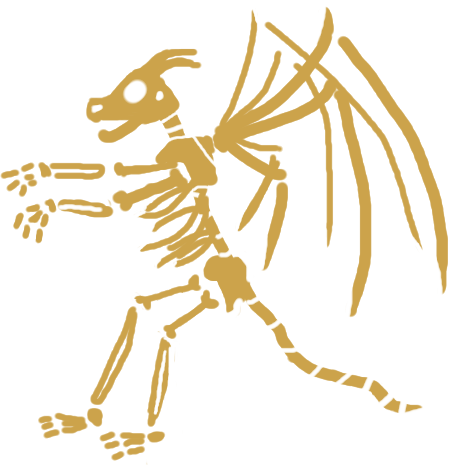
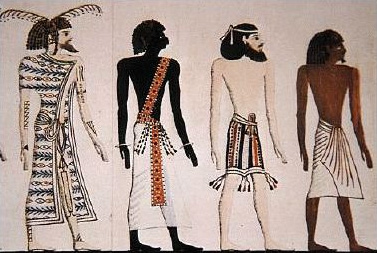
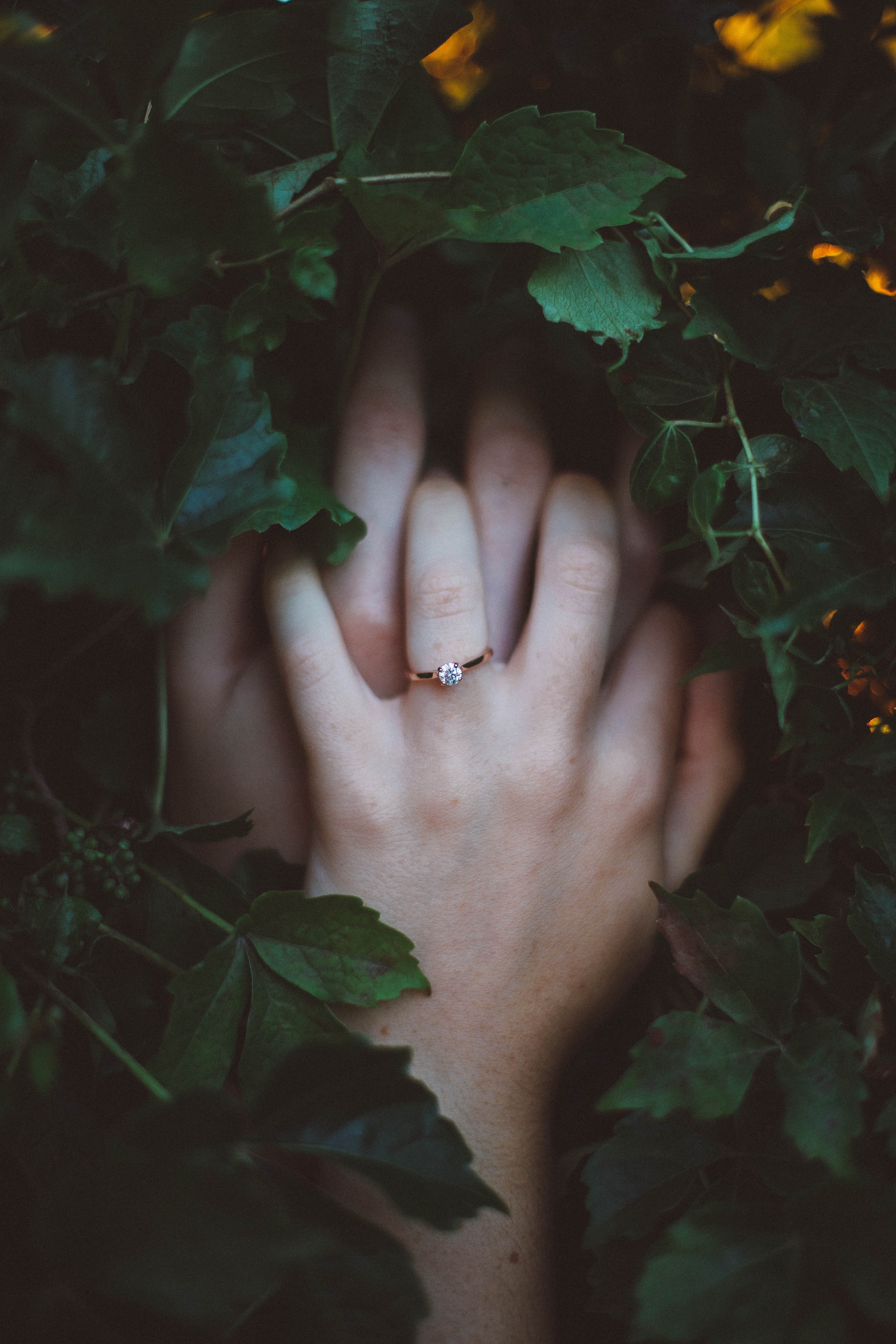
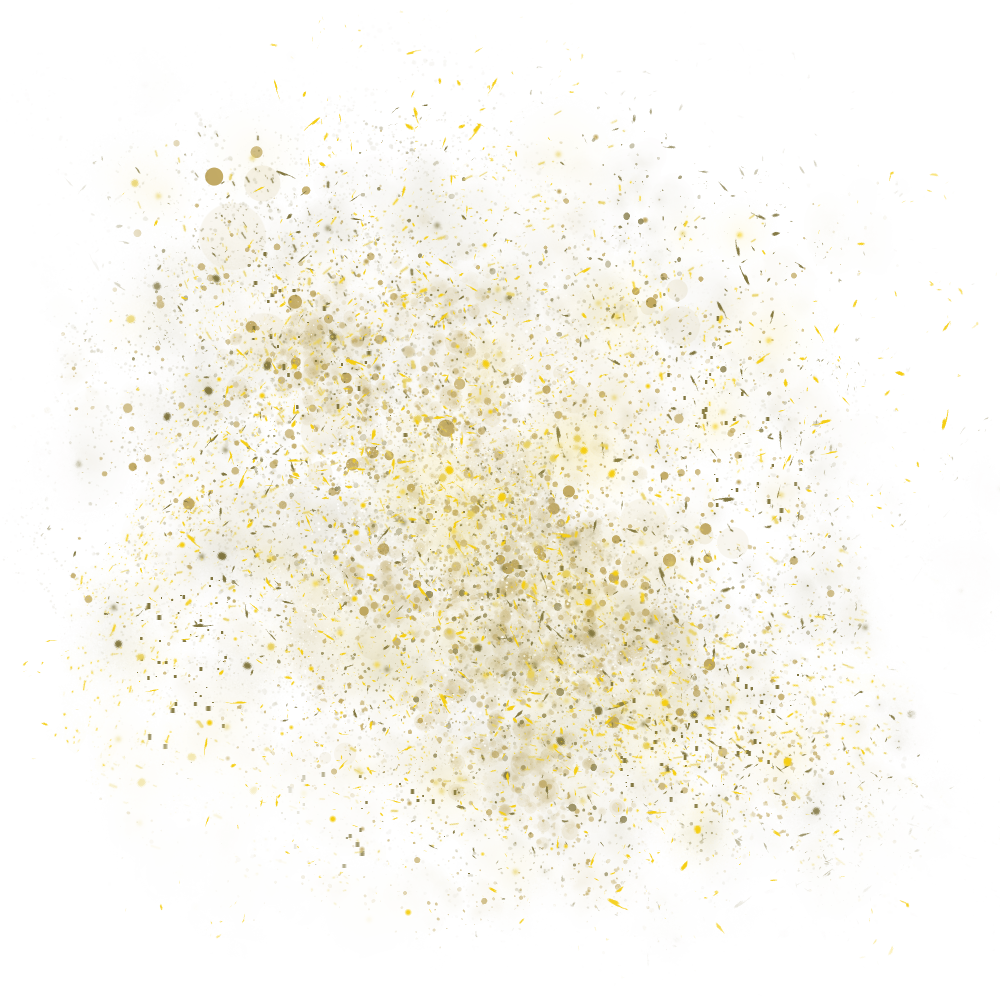
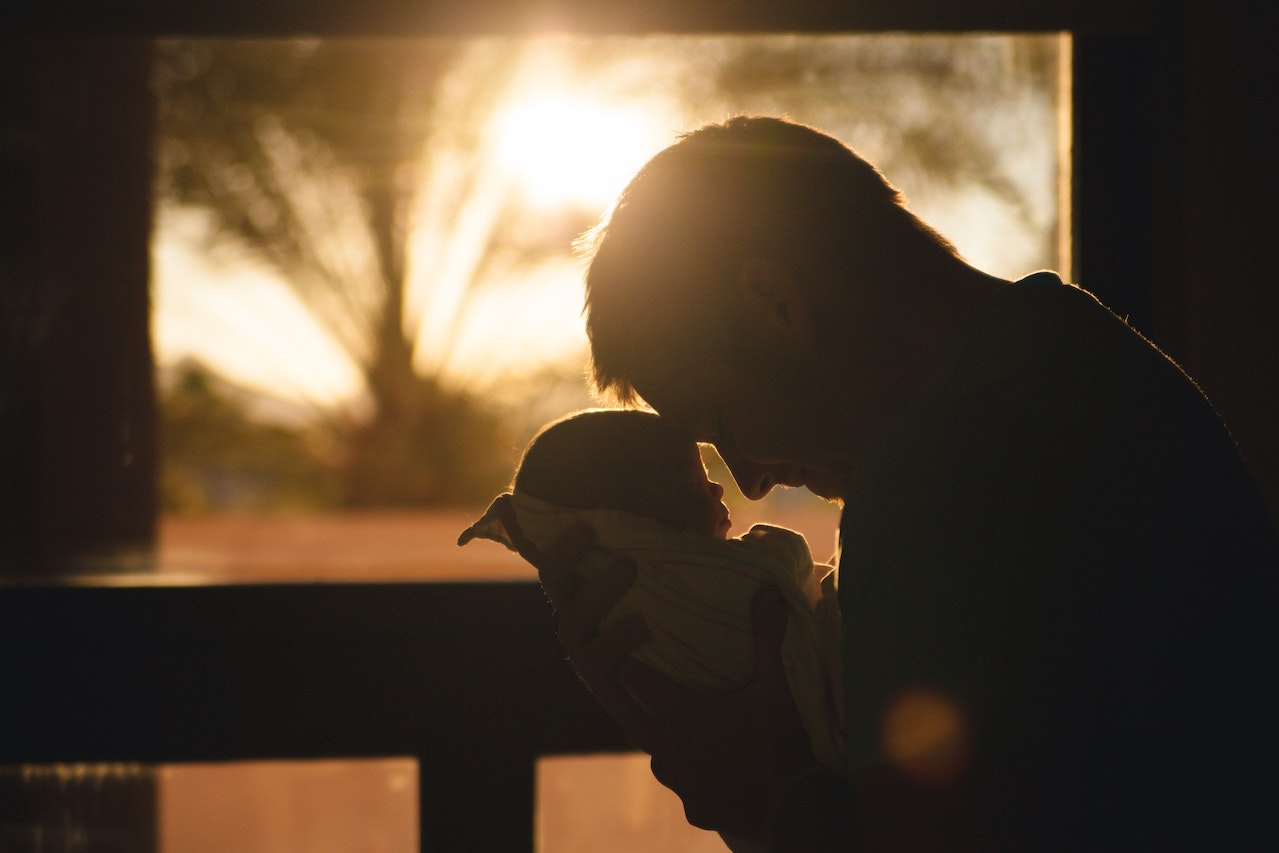
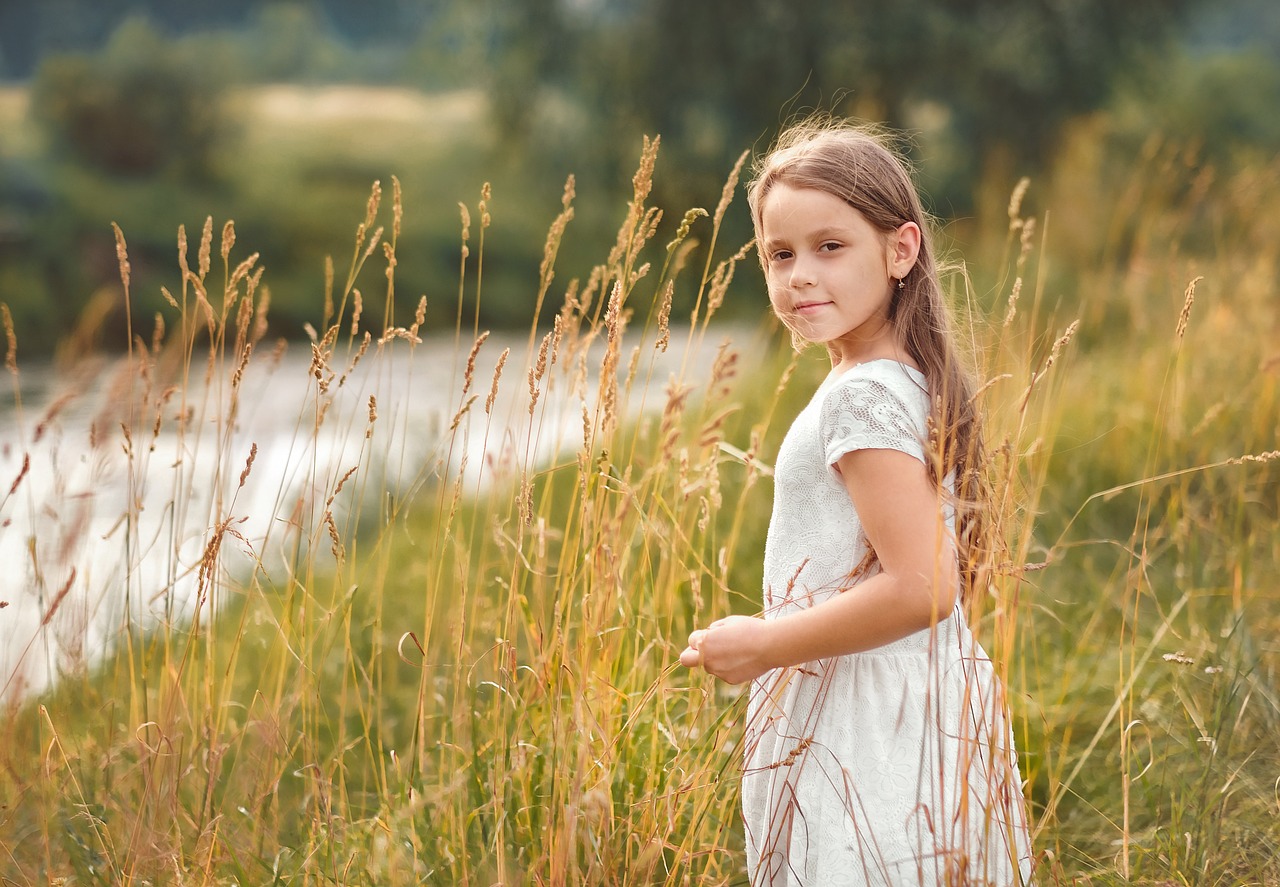
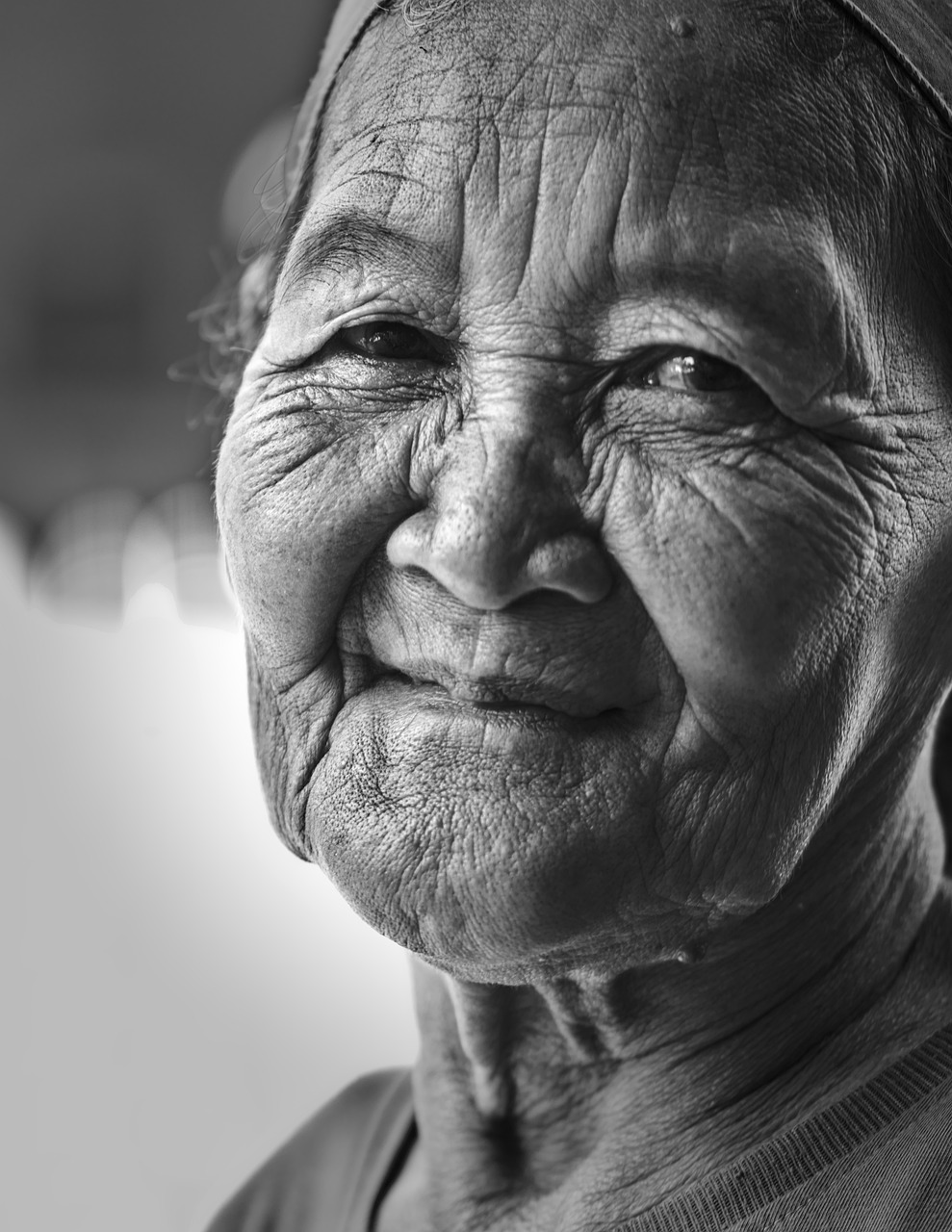



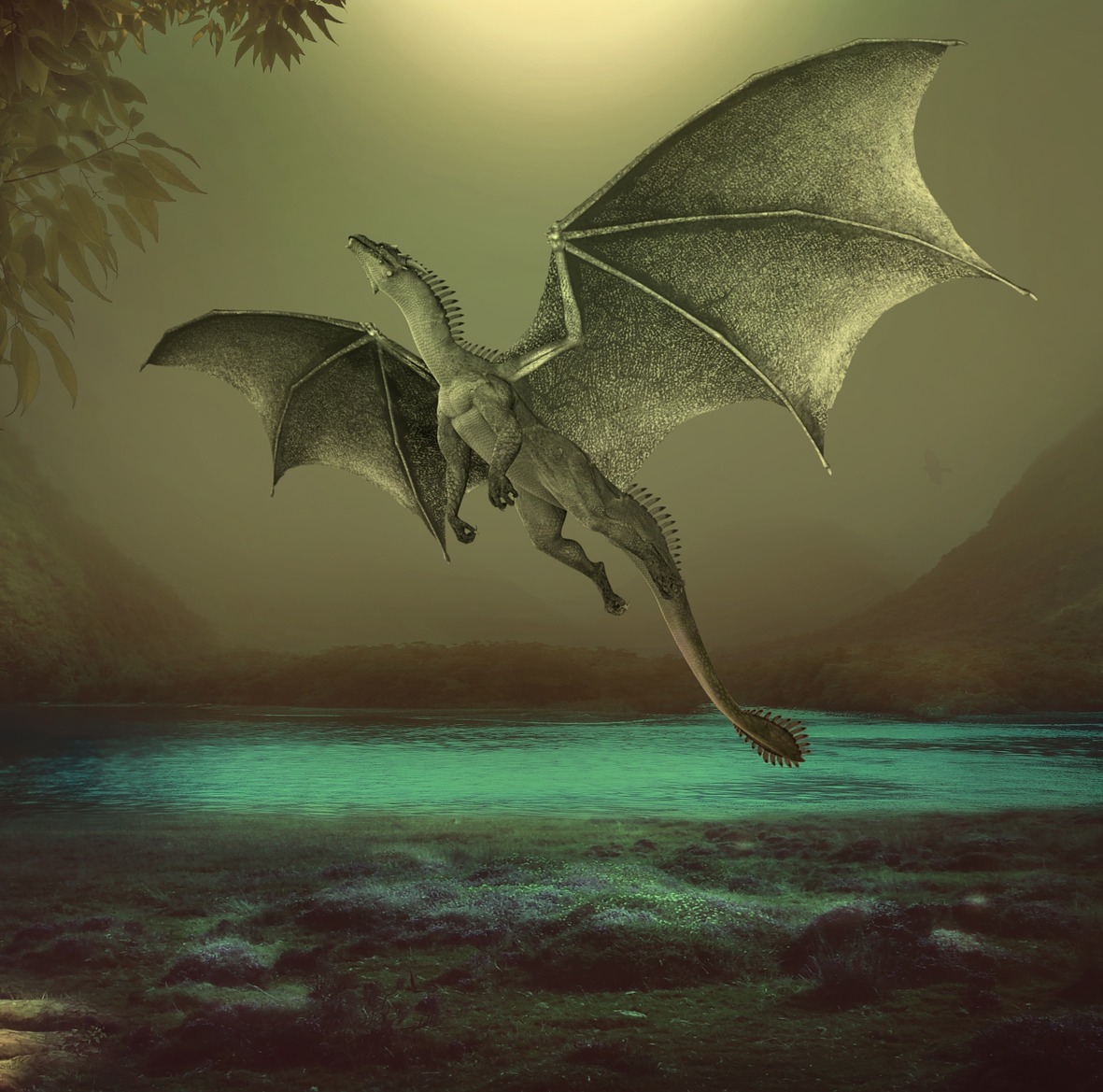
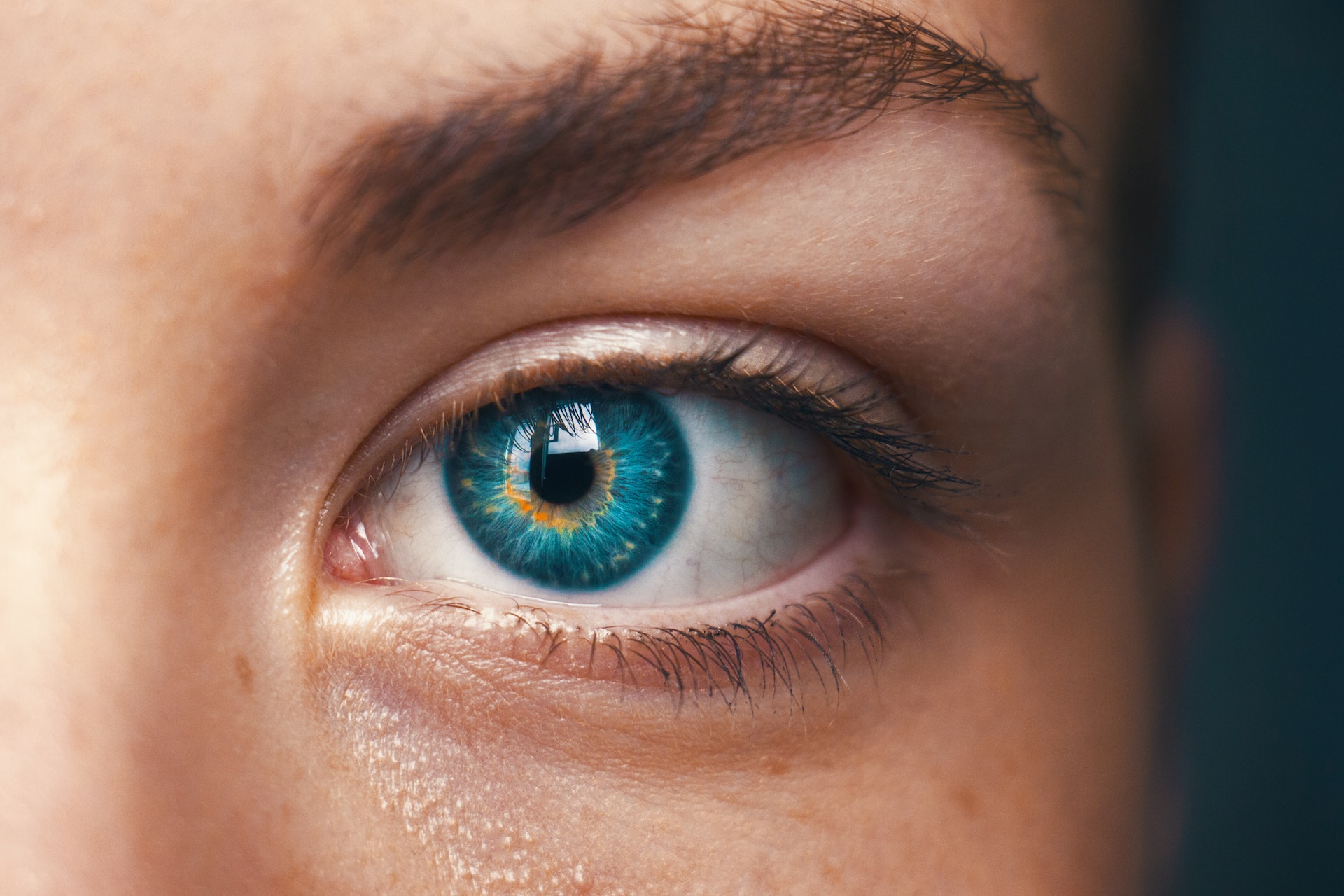
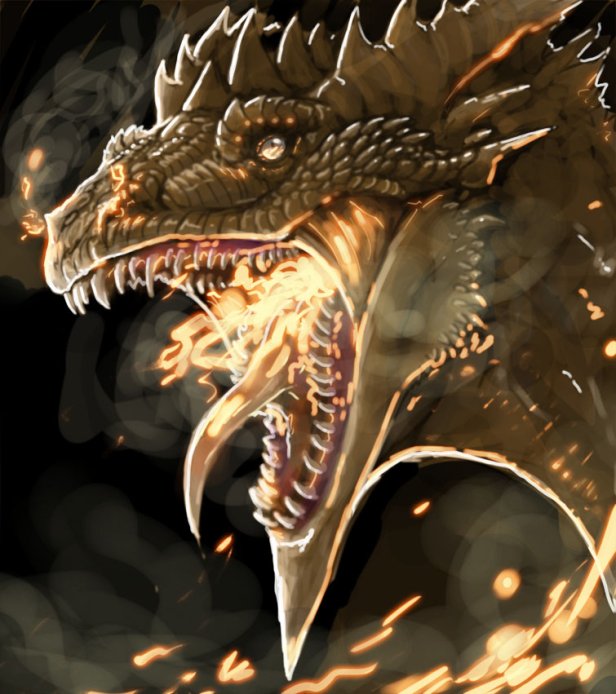




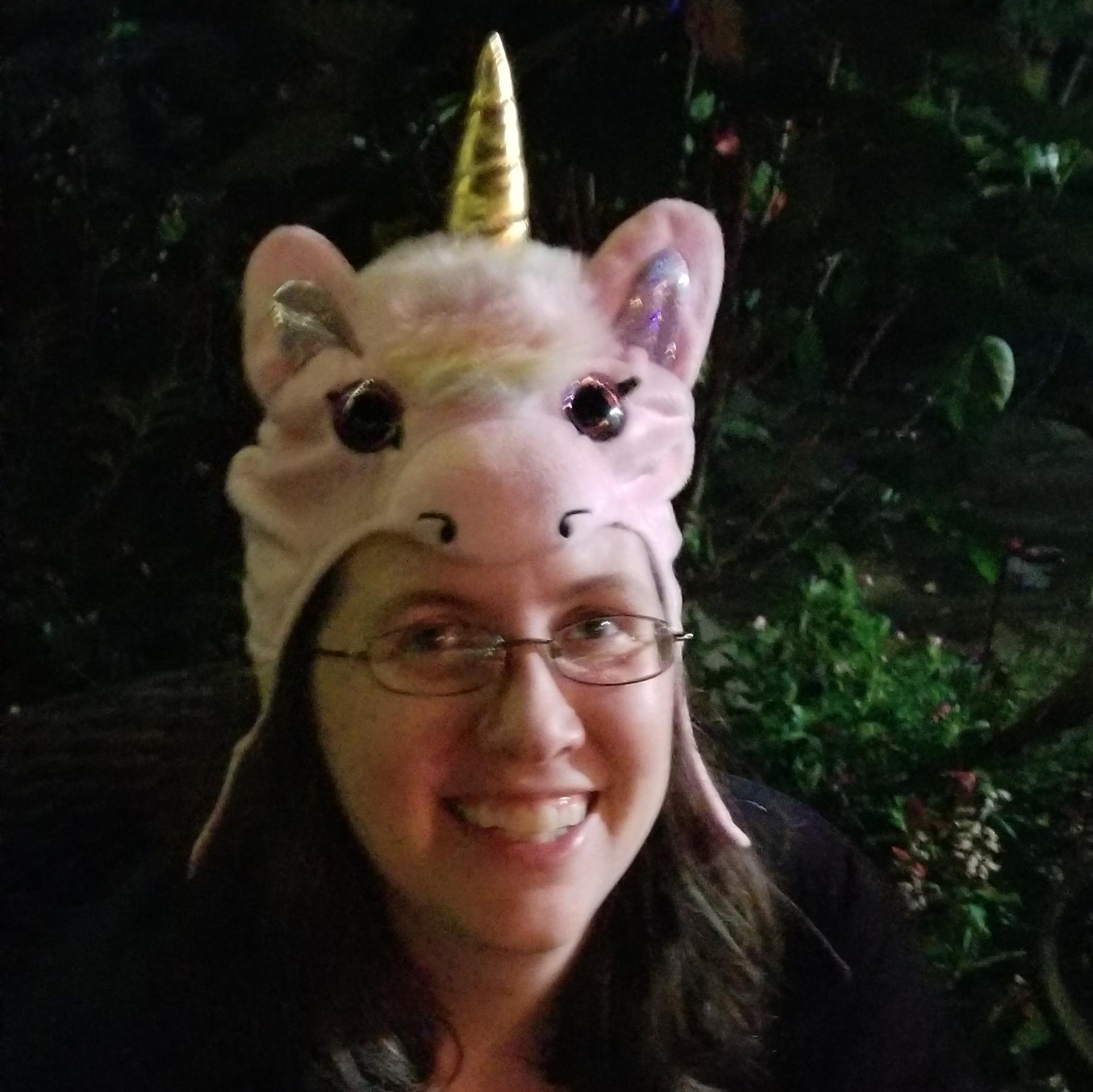
You had me at dragons. Another beautiful chonk article, I was curious how they would both compare and differentiate from the shapeshifters. Then I stumbled upon this.
and that make me the saddest. Dragons that can't be dragons? It certainly skewed my way of thinking of them and sets them apart of a lot of preconceived notions of what a dragon might be if they turned into a human. It feels more like the dragons sacrificed that part of themselves to blend in. Which still makes me sad. I appreciate the addition in the mythology for that. In many dragon cultures, ancient dragons exist as deities or figures of legend.I feel like if you couldn't remain in your dragon form for very long, the idea of ancient dragons that could remain as such indefinitely would be such a big thing in your mythology. Thank you so much. I love my dragons and can't wait to write more about them. :)
I could not agree more with the mythology bit. I'm lookin' forward to more dragons!!